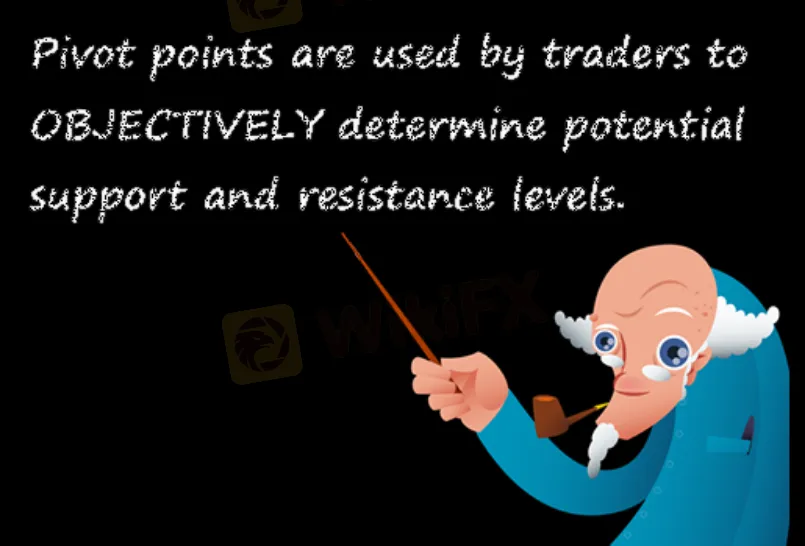简体中文
繁體中文
English
Pусский
日本語
ภาษาไทย
Tiếng Việt
Bahasa Indonesia
Español
हिन्दी
Filippiiniläinen
Français
Deutsch
Português
Türkçe
한국어
العربية
Summary: Pivot Points
Abstract:Pivot points are extremely popular with traders, they are used to spot direction, probable reversal points and potential support and resistance levels.
So far we have discussed about pivot point levels and ways of calculating pivot points, we also observed the differences and examples using each method. In summary Below are some easy-to-remember tips that will guide you to make smart pivot point trading decisions:
Pivot points are extremely popular with traders, they are used to spot direction, probable reversal points and potential support and resistance levels.
Pivot points are calculated to determine levels in which the sentiment of the market could change from bullish to bearish, and vice-versa.
There are four main ways to calculate for pivot points:
Standard
Woodie
Camarilla
Fibonacci
Because of the fluctuations that many currency pairs does in forex between these levels most of the time, which cause price ranging between R1 and S1, pivot point can be highly effective and useful. Pivot points can be used by range, breakout, and trend traders.
Range-bound traders will enter a buy order near identified levels of support and a sell order when the pair approaches resistance.
Pivot points also allow breakout traders to recognize key levels that need to be broken for a move to qualify as a powerful momentum move.
The sentiment (or trend) traders use pivot points to help determine the bullishness or bearishness of a currency pair.
The clarity of pivot points definitely makes them a useful tool to add to your trading toolbox. It also allows you to see possible areas that are likely to cause price movement. Youll become more in sync and current with market movements and make better trading decisions.
But Using pivot point analysis only is not always enough. Learn to use pivot points along with other technical analysis tools such as candlestick patterns, MACD crossover, moving averages crossovers, the Stochastic, RSI, etc.
The higher the confirmation, the greater your probability of a successful trade!

Disclaimer:
The views in this article only represent the author's personal views, and do not constitute investment advice on this platform. This platform does not guarantee the accuracy, completeness and timeliness of the information in the article, and will not be liable for any loss caused by the use of or reliance on the information in the article.
Read more

Forex is a game that I enjoy playing
These champions have one thing in common: they not only work their butts off, but they also enjoy what they do.

Wait patiently. Maintain your discipline
"Patience is the key to everything," American comic Arnold H. Glasgow once quipped. The chicken is gotten by hatching the egg rather than crushing it."

There isn't a Holy Grail to be found!
Ask any Wall Street quant (the highly nerdy math and physics PhDs who build complicated algorithmic trading techniques) why there isn't a "holy grail" indicator, approach, or system that generates revenues on a regular basis.

Concentrate on the Process. Profits aren't a priority
We've designed the School of WikiFX as simple and enjoyable as possible to help you learn and comprehend the fundamental tools and best practices used by forex traders all over the world, but keep in mind that a tool or strategy is only as good as the person who uses it.
WikiFX Broker
Currency Calculator






